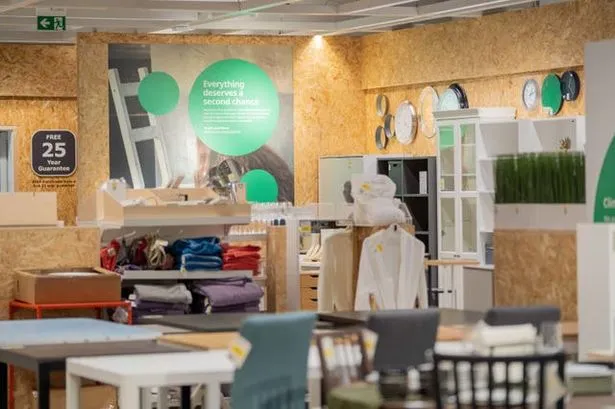As consumers become increasingly aware of the impact of their actions on the environment, brands have started focusing on reducing their carbon footprint. Carbon footprint is the total amount of greenhouse gases, primarily carbon dioxide, released into the atmosphere as a result of human activities. Brands that reduce their carbon footprint can not only contribute to a greener planet but also use it as a marketing tool to increase sales.
Reducing carbon footprint involves making changes in the supply chain, production process, and even the packaging of the product. Many brands have implemented such changes, and it has helped them gain a competitive edge in the market. For example, Patagonia, a clothing brand, has been using organic cotton and recycled polyester in its products and has been able to reduce its carbon footprint by 30% since 2015.
Brands can use their carbon footprint reduction efforts as a marketing tool to attract environmentally conscious consumers. A study by Nielsen found that 81% of consumers prefer to buy products that are environmentally friendly. Brands can use this to their advantage by promoting their sustainability efforts, which can help increase sales. For example, IKEA has been promoting its sustainable products and has been able to increase sales by more than 5% in 2020.

Additionally, brands can also use carbon offsetting as a marketing tool. Carbon offsetting involves investing in projects that help reduce the amount of greenhouse gases in the atmosphere, such as planting trees or investing in renewable energy projects. By offsetting their carbon emissions, brands can claim to be carbon neutral, which can attract environmentally conscious consumers. For example, Microsoft has been carbon neutral since 2012 by offsetting its carbon emissions through investing in renewable energy projects.
In conclusion, reducing carbon footprint has become an essential aspect of brand marketing, and it can help increase sales by attracting environmentally conscious consumers. Brands that promote their sustainability efforts and offset their carbon emissions can gain a competitive edge in the market while also contributing to a greener planet.
But to optimize the marketing effort of showcasing a brand’s carbon footprint, supply chain data and product stories, brands need a solid tool to do so. Gratitude can help. Gratitude enables businesses to become transparent by being powered by blockchain technology, with easy-to-use tools to record their supply chain, narrate the story, verify on blockchain and present the data in a beautiful landing page that can be issued via Gratitude’s QR Code or URL that can be placed on a physical product or embedded on digital marketing campaign. Customers can then simply scan the QR codes placed on the product or click the link on a digital campaign and clearly see the product’s journey, verify sustainability claims, or even company and brand stories that the company wants to reveal to the customer.
Begin your business’ true transparency journey by implementing Gratitude to unlock the hidden value of your supply chain data. Talk to our representatives via the following channels for support or assistance in implementation:
Website : https://more-gratitude.com
Twitter : https://www.twitter.com/more_gratitude
Linkedin : https://www.linkedin.com/company/more-gratitude
Instagram : https://www.instagram.com/more_gratitude/
Facebook : https://www.facebook.com/followgratitude
Medium : https://www.medium.com/@more_gratitude
Sign up to our exclusive newsletter for special offers and latest industry insight :



